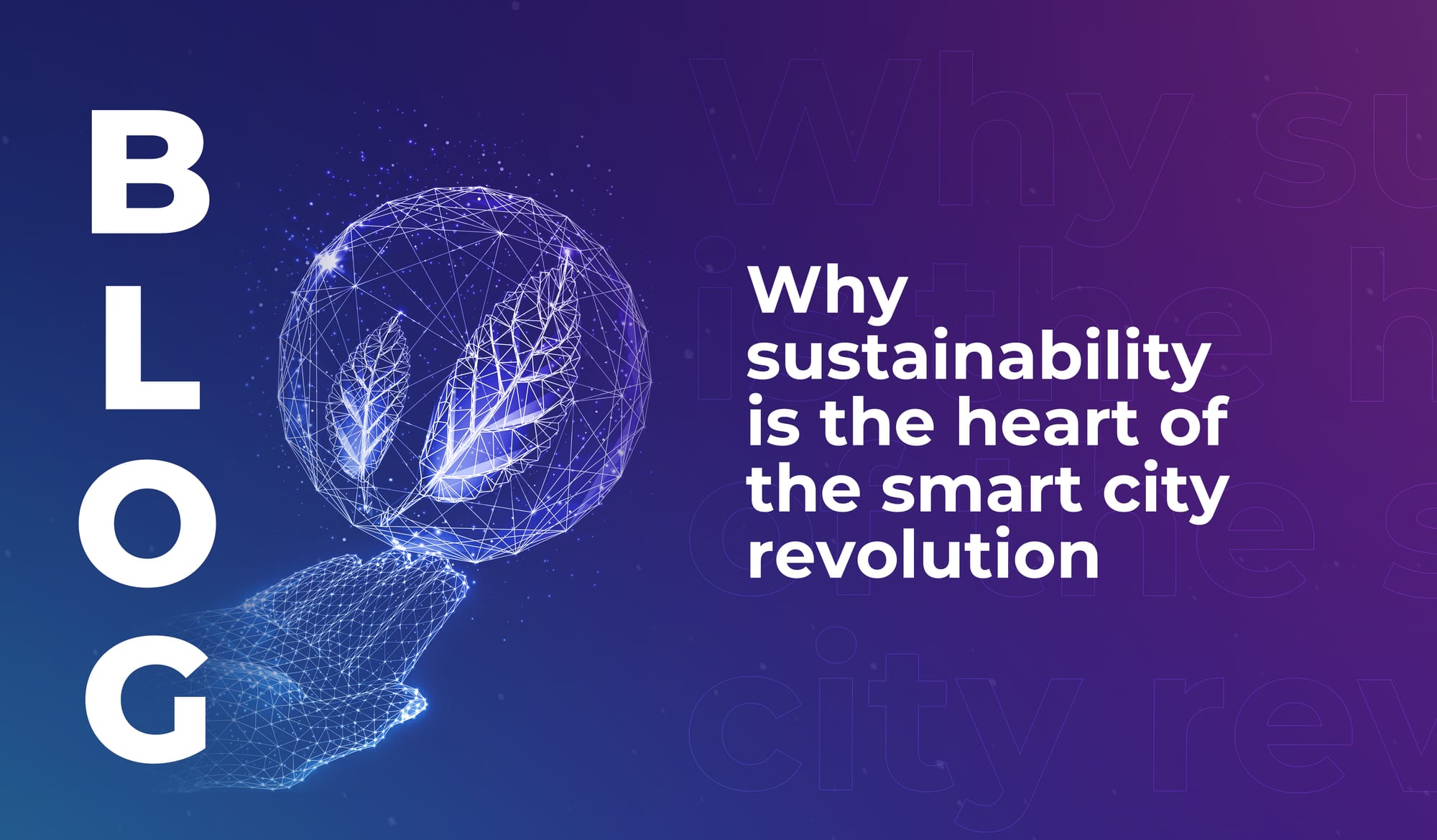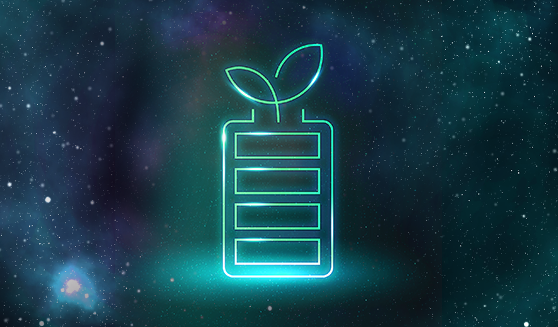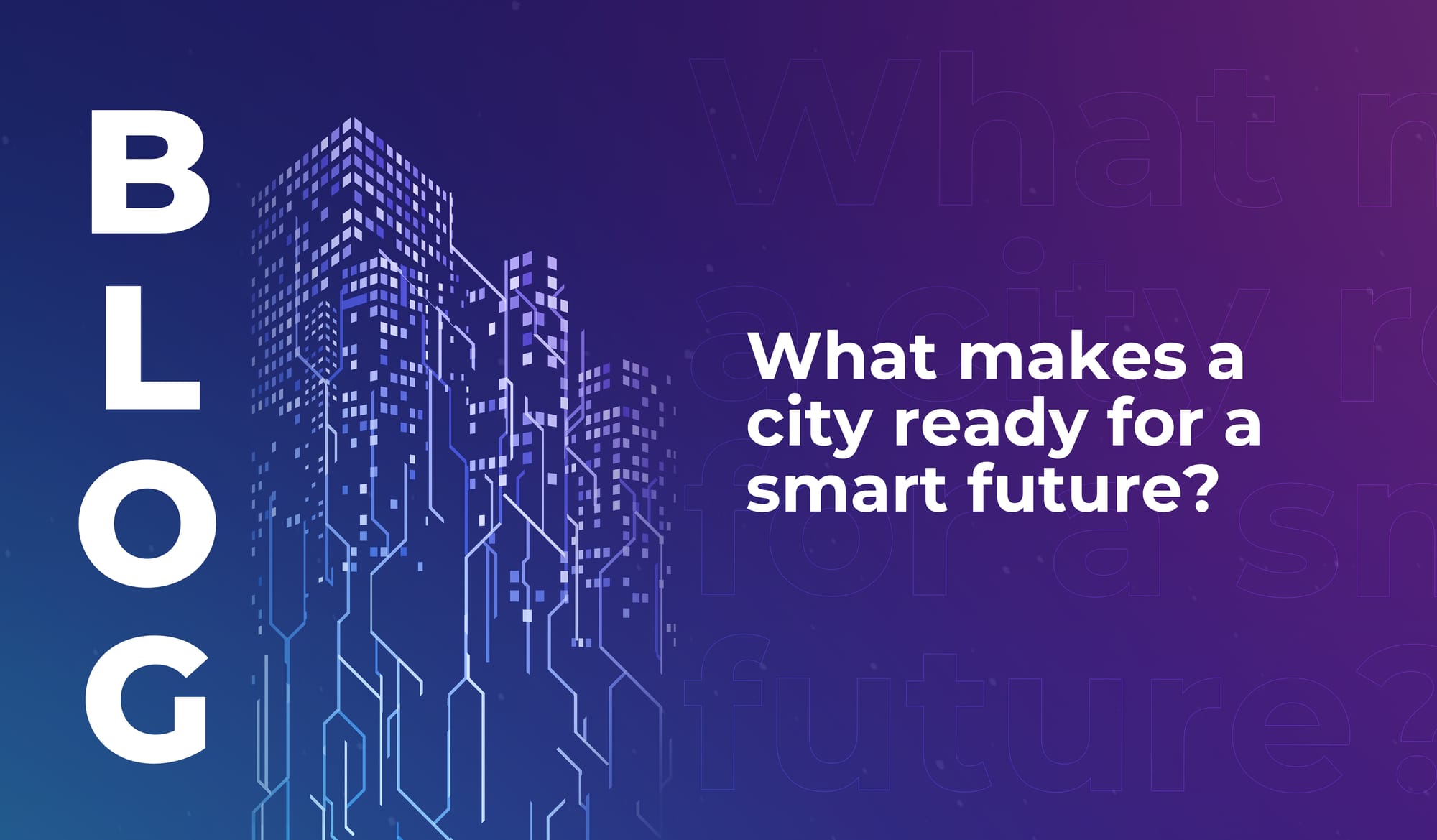
Why sustainability is the heart of the smart city revolution
The smart cities of the future will use tech to lower emissions, cut urban temperatures, and improve quality of life in highly populated areas.


The long race to replace fossil fuels with green energy is headed for its final stretch. According to the International Energy Agency (IEA), the share of renewables in global electricity generation jumped to nearly 28% in Q1 2020 from 26% in Q1 2019. Renewables, the IEA adds, will account for almost 95% of the increase in global power capacity through 2026. By then, global renewable electricity capacity will have risen to more than 4 800 GW – equivalent to the current total global power capacity of fossil fuels and nuclear combined.
How did we get here?
The sheer fall in costs of renewable energy sources has surprised even the most passionate green energy advocates. Today, utility-scale renewable energy prices are already significantly below coal and fossil fuels, with the cost of large-scale solar projects plunging 85% in a decade, observes Nicholas Powell, General Manager, Saudi Arabia. “Therefore, there’s a compelling reason for the widespread global shift to renewables as a source of electric power while addressing the urgent need to cut carbon emissions,” he adds.
Government support has also been essential for the growth of renewable energy. Tax credits, subsidies, and competitive auctions have helped reduce costs and spur deployment. Also, public and private money flowing into R&D in the sector has been essential in promoting innovation in renewable energy. Conversely, government regulations toward reducing carbon emissions have also driven support for green energy.
The COP26 Summit in the UK in November 2021 again brought in renewed commitments to decarbonize the world to forestall a looming climate crisis. World leaders gathered in Glasgow consequently made new pledges to cut carbon emissions drastically by, among other objectives, reducing our reliance on fossil fuels.
Reengineering electric supply
In addition to wholesale switch to wind and solar, optimizing existing electricity supply systems will go a long way in slashing emissions. After all, the installed capacity for coal, gas and petroleum-based electricity generation will coexist with newer energy sources for years to come as we transition to a greener model.
The current global electricity generation and distribution system contributes significantly to carbon emissions. For example, in the US, emissions of carbon dioxide (CO2) by the US electric power sector accounted for about 32% of total US energy-related CO2 emissions in 2020, according to the US Energy Information Administration (EIA).
The energy sector will benefit immensely from digitization to optimize operations and decarbonize the industry. Experts at McKinsey have echoed how adopting digital, and advanced-analytics technologies have become critical as the power-generation industry shifts to the next normal.
Today, numerous digital technologies and tools are available to collect and store data at attractive costs and an increasing number of workers skilled in programming and digital technologies leverage that data.
Power plants have already deployed vast numbers of sensors. However, McKinsey research shows that only a mere 20 to 30 per cent of the data collected is used to inform decision-making. Unleashing the full potential of Big Data opens up new opportunities for optimized power generation and supply.
ICT companies have launched various digital tools to bring the sector into the digital age. One of these is the global tech giant Huawei which has set up a subsidiary, Huawei Digital Power, to integrate digital and power electronics technologies to drive the adoption of low-carbon energy solutions.
The facts speak for themselves
The environmental advantages of renewable energy, including lower carbon emissions and reduced air pollution, are well known; its numerous socio-economic benefits are only becoming apparent as renewable energy technologies become more widespread.
Green energy promises a more resilient and equitable electricity supply. We see the rise in distributed, modular energy supply, which is less prone to large-scale failure. This is important when cybercriminals increasingly target utilities whose centralized infrastructure could lead to systemic failure if successful. Additionally, we are in the age of extreme weather patterns caused by climate change. In instances of severe weather events or emergencies, such platforms can be rolled out quickly wherever needed, getting electricity to people without complex and time-consuming infrastructure development.
Over one billion people lack access to electricity, while a further one billion suffer from the unreliable supply, according to statistics from the International Renewable Energy Agency (IRENA). “Improved reliability, rapidly falling technology costs, and supportive policies have made stand-alone and mini-grid renewable electricity solutions viable for the 80% of those without access in rural areas or small developing island states,” the agency says.
Green energy is also highly flexible. Companies such as ENGIE Solutions, a subsidiary of global giant ENGIE supplies tailor-made energy solutions, including production, distribution, storage and supply of green and local energy. This includes on-site utilities such as Cooling as a Service (CaaS), distributed PV, waste-to-heat recovery, and co-generation/tri-generation.
Falling prices for renewable energy sources, public policy and global decarbonization commitments have converged to usher in a new era for green energy. We are just at the beginning of a green revolution, and we can expect our electricity supply in the next 50 years to be greener, cheaper and more equally distributed.

The smart cities of the future will use tech to lower emissions, cut urban temperatures, and improve quality of life in highly populated areas.

Discover the cities that rank highly for smart city preparedness, and learn why locally relevant innovation is more important than cutting-edge tech.

If you’ve ever thought about becoming a tech investor, read this – learn why investors are the quiet force shaping the future of the industry.

The smart cities of the future will use tech to lower emissions, cut urban temperatures, and improve quality of life in highly populated areas.

Discover the cities that rank highly for smart city preparedness, and learn why locally relevant innovation is more important than cutting-edge tech.

If you’ve ever thought about becoming a tech investor, read this – learn why investors are the quiet force shaping the future of the industry.